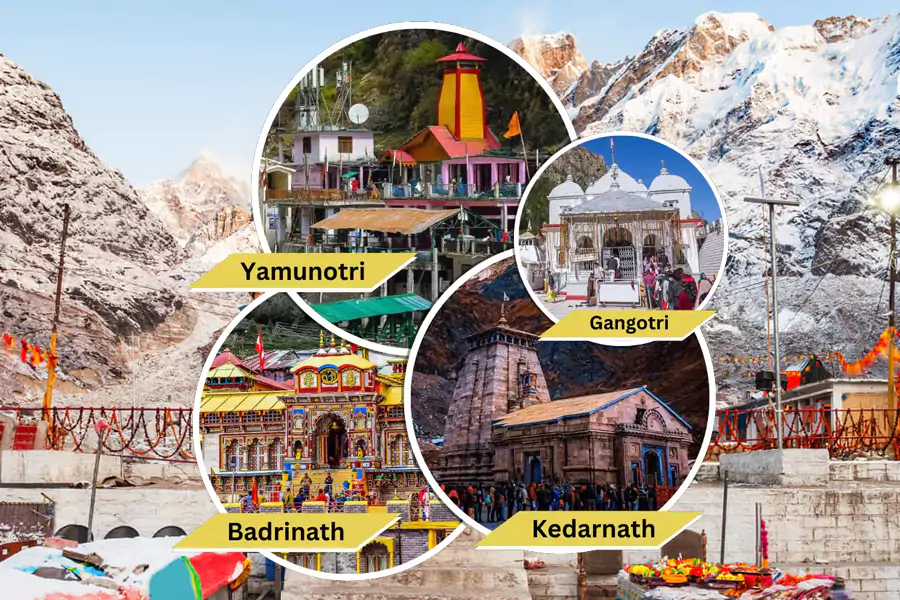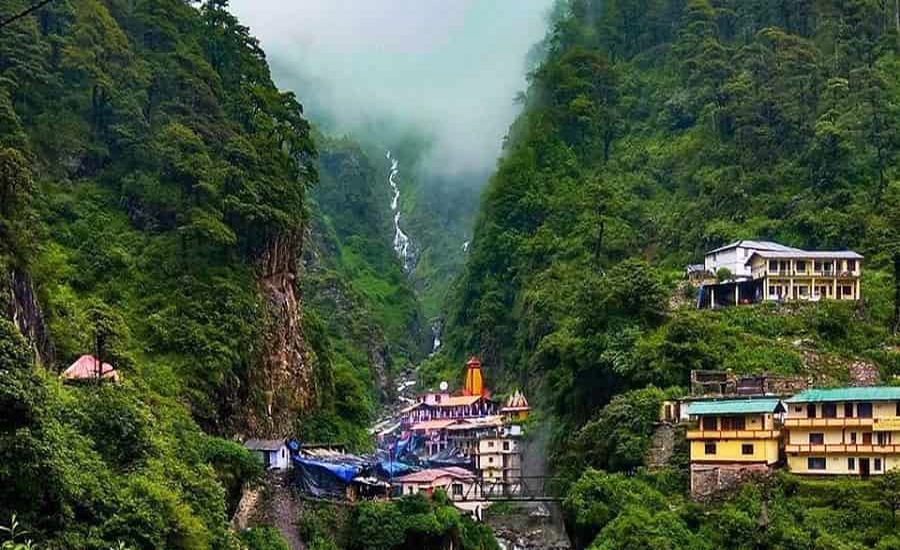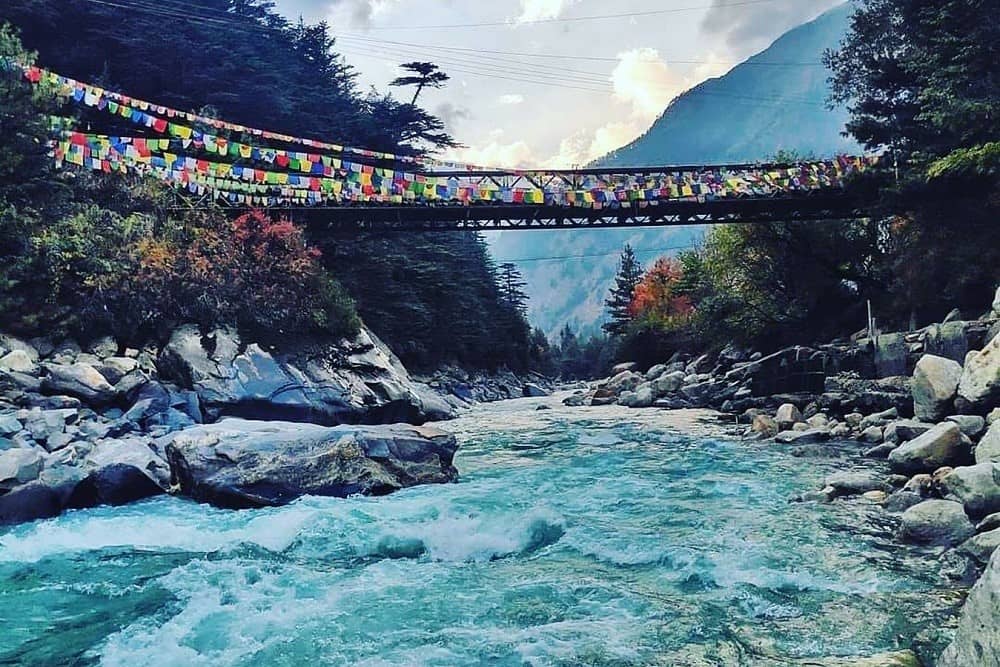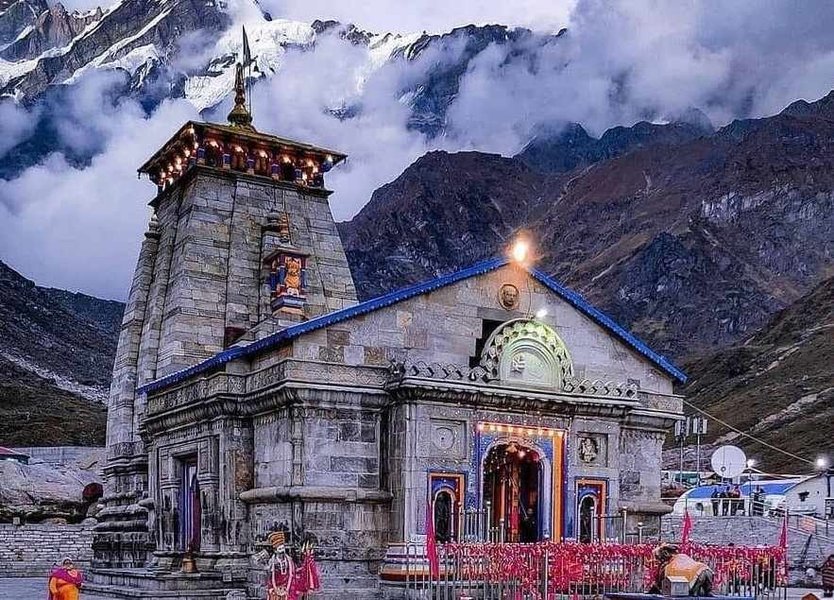
The Char Dham Yatra is one of the most sacred pilgrimages in Hinduism, encompassing four holy shrines in the Himalayan region of Uttarakhand – Yamunotri, Gangotri, Kedarnath, and Badrinath. Each of these revered temples has deep spiritual significance, drawing thousands of devotees seeking divine blessings, spiritual upliftment, and ultimate salvation (Moksha).
This spiritual journey is believed to cleanse one’s sins, provide inner peace, and bring devotees closer to the divine. The pilgrimage typically starts from Haridwar, Rishikesh, or Dehradun, and follows a route through breathtaking landscapes, sacred rivers, and majestic snow-capped peaks.
🔱 According to Hindu tradition, completing the Char Dham Yatra at least once in a lifetime ensures liberation from the cycle of birth and rebirth.





The sacred shrine of Goddess Yamuna, established by Maharaja Pratap Shah of Tehri Garhwal.
A boiling hot water spring where devotees cook rice and potatoes as an offering to the goddess.
A sacred rock pillar worshipped before entering the temple.
A hot spring area 6 km before Yamunotri, serving as the last motorable point.

Built by Amar Singh Thapa, this is the holiest shrine dedicated to Maa Ganga.
The sacred rock where Ganga first touched Earth.
The true source of the Ganges, located at an 18 km trek from Gangotri.
A cave where the Pandavas meditated before their journey to the Himalayas.

An ancient stone temple dedicated to Lord Shiva, standing against the backdrop of the Himalayas.
The final resting place of Adi Shankaracharya.
Dedicated to Bhairav, the protector deity of Kedarnath.
A pristine glacial lake, situated 8 km from Kedarnath.

A sacred temple with a 1-meter tall black stone idol of Lord Vishnu.
A natural hot water spring, believed to have medicinal properties.
The last Indian village before the Tibet border.
A spectacular waterfall, located 5 km from Mana Village.
📍 Haridwar / Rishikesh → Barkot → Yamunotri → Uttarkashi → Gangotri → Guptkashi → Kedarnath → Badrinath → Haridwar / Rishikesh 📍